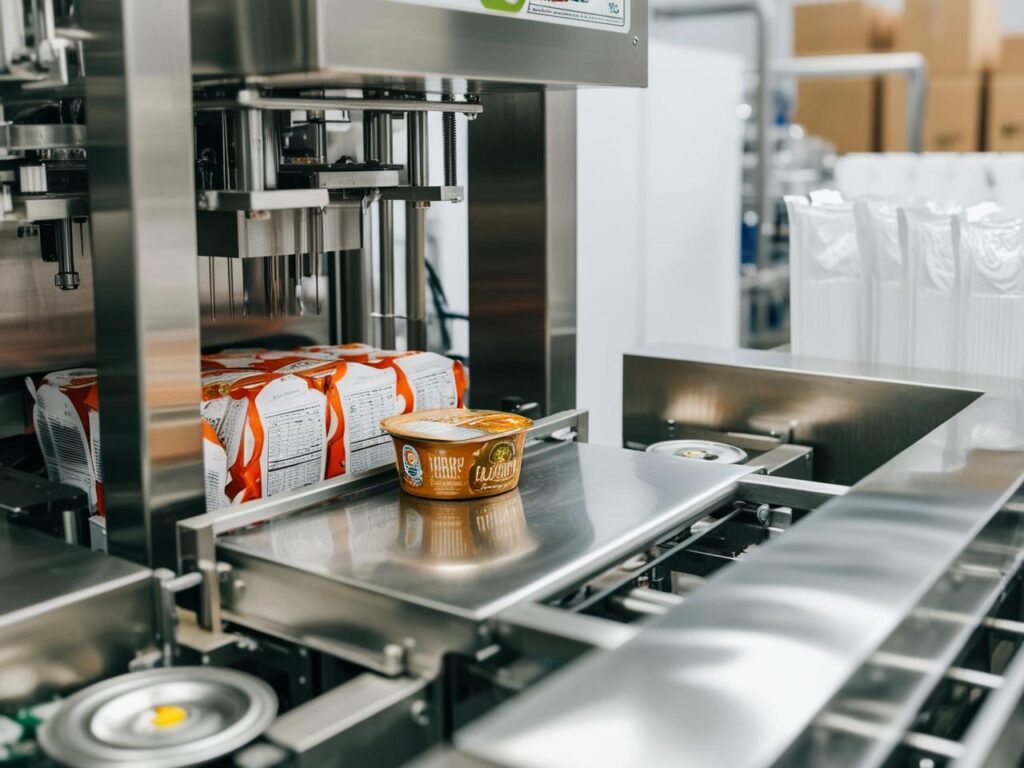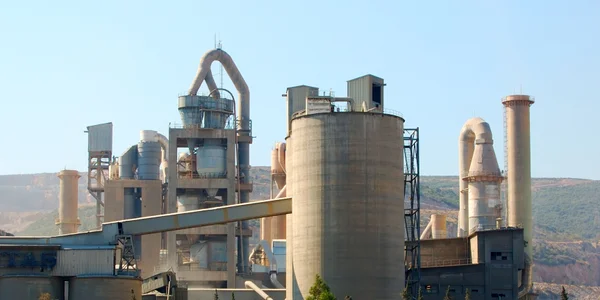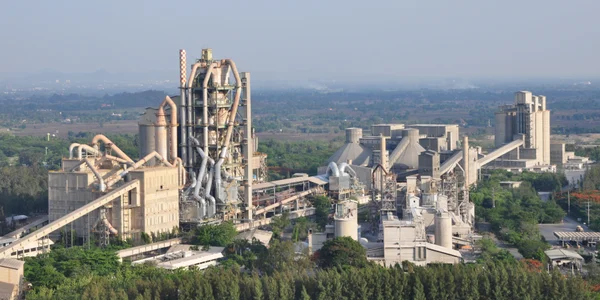Kantor
KANTOR PUSAT

Jerman
- Filter Intensif Himenviro Technologies GmbH
Neustraße 45 - 49, 42553, Velbert, Jerman/Jerman - +49 20534200990
KANTOR WILAYAH

Britania Raya
- Filter Intensif Himenviro UK Limited
47, Bath Street WS13BX, Wallsall West Midlands, Inggris Raya - +44 1922 628893
KANTOR WILAYAH

Uni Emirat Arab
- Filter Intensif Himenviro Technologies FZE – LLC
Pusat Bisnis, Zona Bebas Kota Penerbitan Sharjah, Sharjah, UEA - +971-556074697
KANTOR WILAYAH

India
- Filter Intensif Himenviro Private Limited
D-247/11, Sektor-63, Noida - 201301, Uttar Pradesh, India - +91-120-4642-500
KANTOR WILAYAH

India
- Filter Intensif Himenviro Private Limited
D-247/11, Sektor-63, Noida - 201301, Uttar Pradesh, India - +91-120-4642-500
KANTOR WILAYAH

India
- Filter Intensif Himenviro Private Limited
D-247/11, Sektor-63, Noida - 201301, Uttar Pradesh, India - +91-120-4642-500
Solusi Filtrasi Udara dan Debu Industri Makanan
Industri makanan dan minuman merupakan sektor yang kompleks dan sangat diatur, yang bergantung pada proses presisi dan standar kebersihan yang ketat. Salah satu aspek penting dalam menjaga standar ini adalah pengendalian debu yang efektif. Proses seperti penanganan biji-bijian, pencampuran, pengadukan, dan pengemasan menghasilkan partikel debu halus yang dapat mencemari produk, menimbulkan risiko kesehatan bagi pekerja, dan menciptakan potensi bahaya ledakan.
Untuk mengatasi tantangan ini, Kami menawarkan solusi filtrasi Dirancang khusus untuk industri makanan dan minuman. Sistem kami dirancang untuk menangkap dan menghilangkan partikel debu, memastikan kemurnian produk, keselamatan pekerja, dan kepatuhan terhadap peraturan.
Proses Filtrasi Debu dalam Industri Makanan
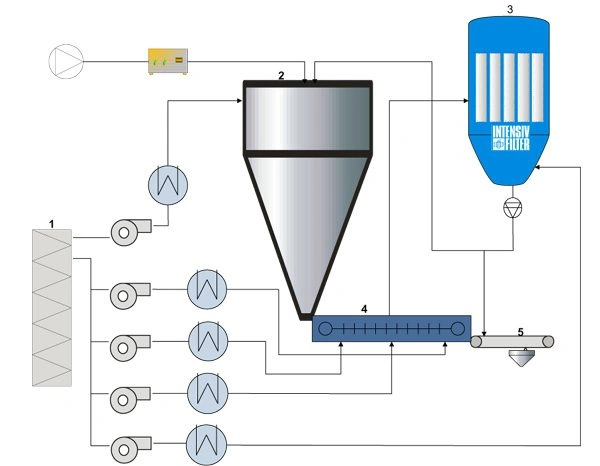
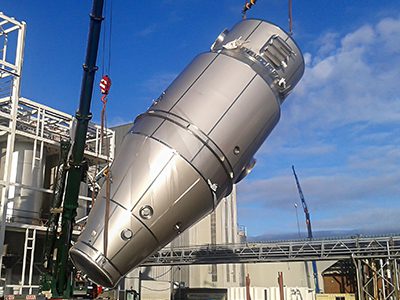
- 1. Filter luar
- 2. Pengering semprot
- 3. penyaring CIP
- 4. Tempat tidur terfluidisasi eksternal
- 5. Mengisi
Spesifikasi yang Diperlukan untuk Filter CIP
Data desain tipikal | penyaring CIP |
|---|---|
Volume gasnya | < 230.000 m³/jam |
Suhu gas | 80-90 °C |
Jenis debu | Produk susu kering |
Kandungan debu sisa | < 10 gram/m³ |
Kandungan debu gas mentah | 20 mg/m³ |
Pembersihan | On line |
Media penyaring | Poliester |
Desain dengan peringkat ledakan | Ya |
Penyerap |
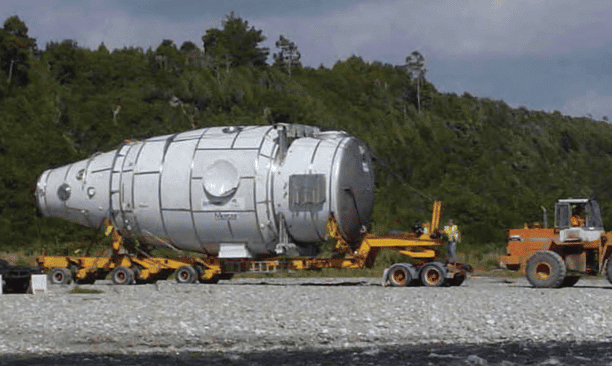
Aplikasi Produk Kami untuk Industri Makanan

Menangkap debu yang dihasilkan selama pemindahan material curah, seperti butiran, bubuk, dan serpihan.
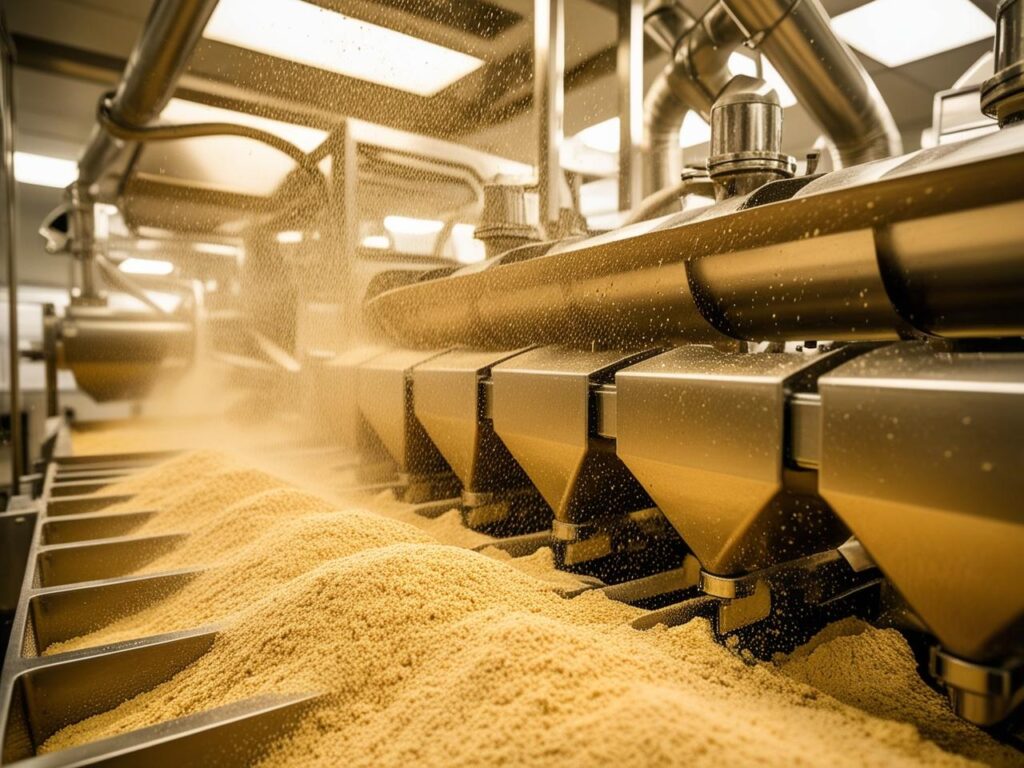
Kendalikan emisi debu dari proses berenergi tinggi seperti penggilingan, penggilingan, dan penghancuran.
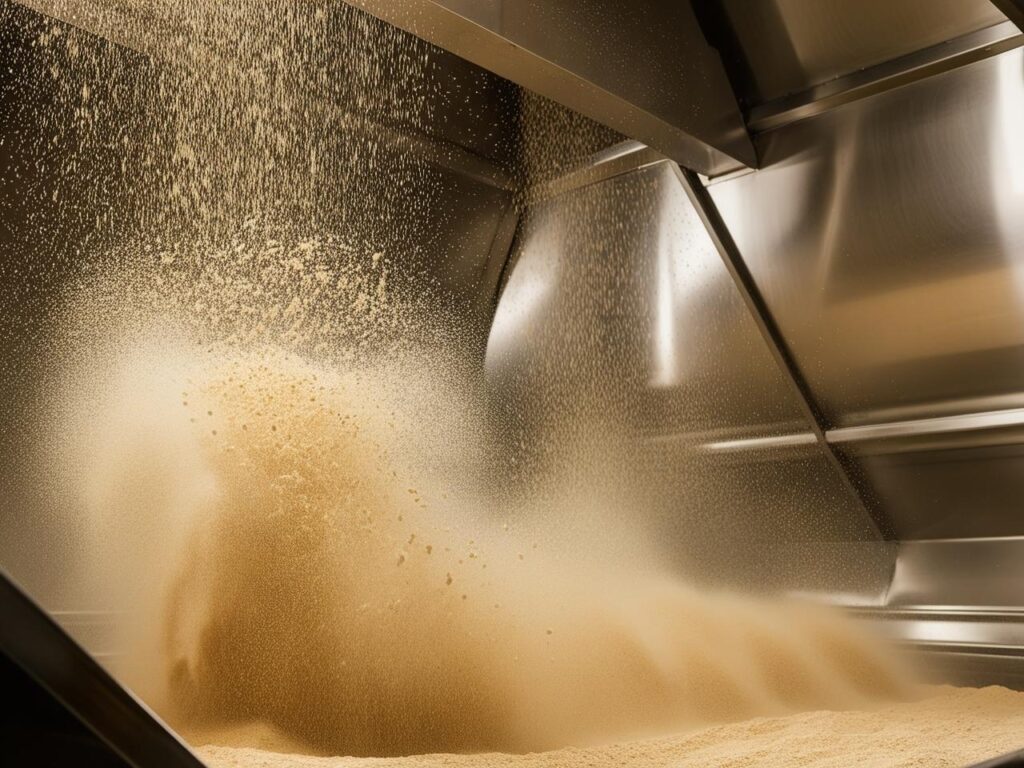
Lanskap Regulasi untuk Pengendalian Debu |
|---|
Peraturan Keamanan Pangan |
Kepatuhan terhadap standar FDA dan USDA |
Kesehatan dan Keselamatan Pekerja |
Kepatuhan terhadap peraturan OSHA |
Pencegahan Kebakaran dan Ledakan |
Implementasi standar NFPA |
Perlindungan Lingkungan |
Kualitas dan Konsistensi Produk |
Mengurangi waktu henti dan biaya pemeliharaan |
Tantangan Pengendalian Debu |
|---|
Kontaminasi Produk |
Risiko Kesehatan Pekerja |
Bahaya Kebakaran dan Ledakan |
Kepatuhan terhadap Peraturan |
Kontaminasi silang |
Pertumbuhan Mikroba |
Kepatuhan terhadap keamanan pangan yang ketat |
Kualitas Produk yang Berkurang |
Kerusakan Peralatan |
Pertimbangan Utama untuk Pengendalian Debu yang Efektif |
|---|
Terapkan penangkapan debu yang efektif |
Pastikan aliran udara dan tekanan yang tepat |
Produk susu kering |
Memanfaatkan sistem penyaringan efisiensi tinggi |
Perawatan dan Inspeksi Rutin |
Patuhi standar industri |
Lakukan evaluasi sistem pengendalian debu secara berkala |
Pertimbangan Spesifik Proses |
Penilaian dan Mitigasi Risiko |
Hubungi kami untuk Konsultasi Ahli
Jelajahi Layanan Kami Lainnya!
Pertanyaan yang Sering Diajukan
Dalam pengolahan makanan, sistem filtrasi yang umum digunakan meliputi filter membran (seperti mikrofiltrasi, ultrafiltrasi, nanofiltrasi, dan osmosis terbalik), filter kedalaman, filter karbon aktif, dan sistem sinar ultraviolet (UV). Teknologi ini digunakan untuk menghilangkan kontaminan fisik, kimia, dan biologis, sehingga menjamin kemurnian dan keamanan produk.
Sistem filtrasi memastikan kepatuhan terhadap standar keamanan pangan dengan menghilangkan kontaminan secara efektif, termasuk mikroorganisme, partikulat, dan residu kimia, dari bahan baku dan produk. Proses pemurnian ini membantu memenuhi persyaratan peraturan dan mempertahankan standar kualitas tinggi pada produk pangan akhir.
Sistem filtrasi menjaga kualitas dan konsistensi produk dengan menghilangkan partikulat, mikroorganisme, dan kontaminan lain yang tidak diinginkan dari bahan baku dan produk akhir. Hal ini memastikan bahwa setiap batch memenuhi standar kemurnian dan kualitas yang diinginkan, sehingga menghasilkan keseragaman rasa, tampilan, dan keamanan di seluruh produk.
